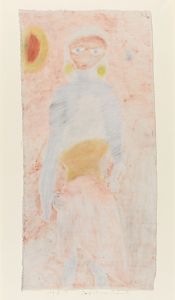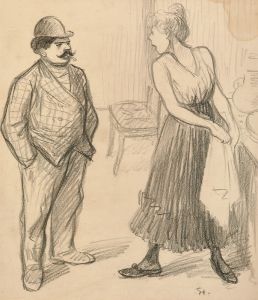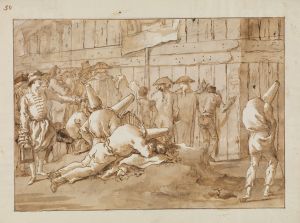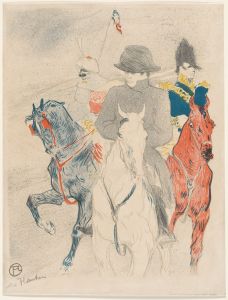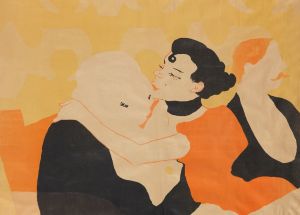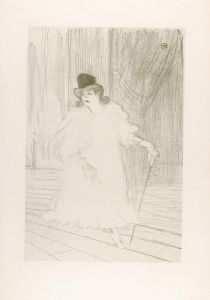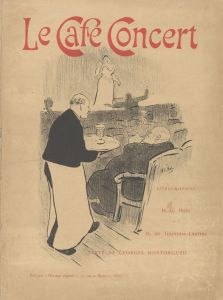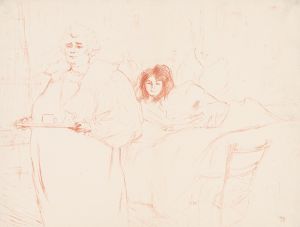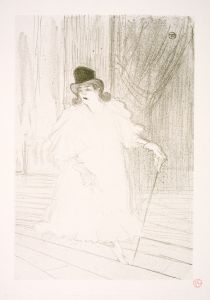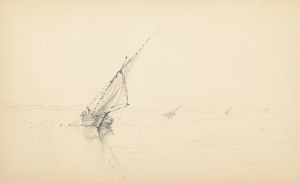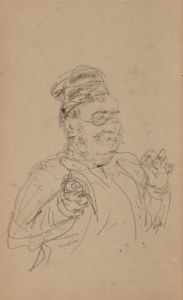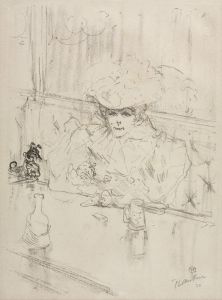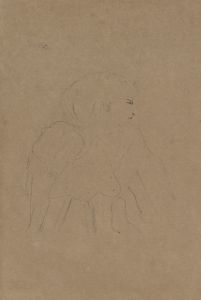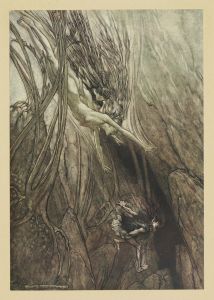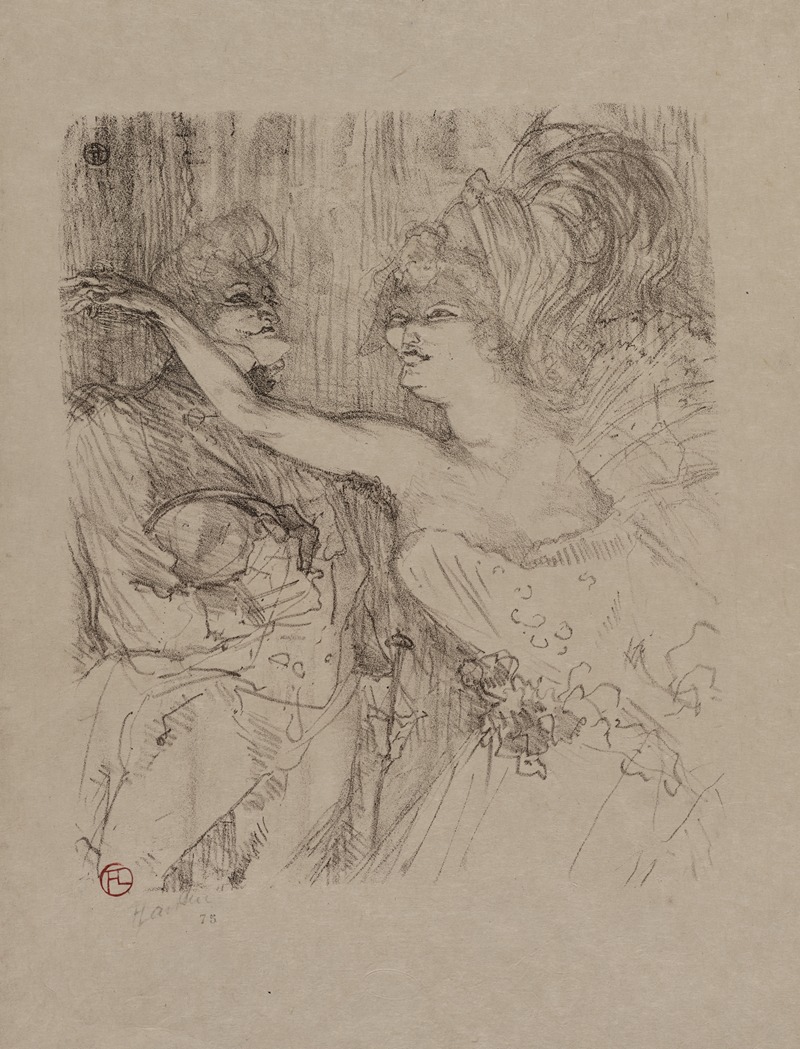
Guy and Mealy, in ‘Paris qui Marche’
A hand-painted replica of Henri de Toulouse-Lautrec’s masterpiece Guy and Mealy, in ‘Paris qui Marche’, meticulously crafted by professional artists to capture the true essence of the original. Each piece is created with museum-quality canvas and rare mineral pigments, carefully painted by experienced artists with delicate brushstrokes and rich, layered colors to perfectly recreate the texture of the original artwork. Unlike machine-printed reproductions, this hand-painted version brings the painting to life, infused with the artist’s emotions and skill in every stroke. Whether for personal collection or home decoration, it instantly elevates the artistic atmosphere of any space.
Henri de Toulouse-Lautrec, a prominent French painter, printmaker, draughtsman, and illustrator, created the artwork "Guy and Mealy, in ‘Paris qui Marche’" in the late 19th century. Toulouse-Lautrec is renowned for his depictions of the bohemian lifestyle in Paris during the Belle Époque, particularly focusing on the vibrant nightlife of Montmartre, a district famous for its cabarets, theaters, and dance halls.
"Guy and Mealy, in ‘Paris qui Marche’" is one of Toulouse-Lautrec's many works that capture the essence of Parisian entertainment culture. The painting features two performers, Guy and Mealy, who were well-known figures in the Parisian theater scene. The title references "Paris qui Marche," which translates to "Paris that Walks," a popular revue or theatrical production of the time. This revue was likely a satirical or comedic performance that showcased various aspects of Parisian life, a common theme in the entertainment of the era.
Toulouse-Lautrec's style is characterized by his use of bold lines, vibrant colors, and an ability to convey movement and emotion. In this particular work, he employs these techniques to bring the characters of Guy and Mealy to life, capturing their expressions and the dynamic energy of their performance. The painting reflects Toulouse-Lautrec's keen observation skills and his ability to depict the human form with both accuracy and artistic flair.
The artist's connection to the world of theater and cabaret was not merely observational; he was an active participant in the nightlife of Montmartre. Toulouse-Lautrec often socialized with performers, artists, and other bohemians, which gave him an insider's perspective on the subjects he painted. This close relationship with his subjects allowed him to create works that were both intimate and authentic.
Henri de Toulouse-Lautrec's contributions to art extend beyond his paintings. He was also a pioneer in the field of poster art, creating iconic advertisements for various cabarets and performers, including the famous "Moulin Rouge: La Goulue" poster. His work in this medium helped to elevate the status of the poster from mere commercial advertisement to a respected art form.
"Guy and Mealy, in ‘Paris qui Marche’" exemplifies Toulouse-Lautrec's ability to capture the spirit of his time and the personalities of his subjects. The painting is a testament to his talent and his deep connection to the cultural milieu of late 19th-century Paris. Through his art, Toulouse-Lautrec provided a window into the world of the Belle Époque, preserving the vibrancy and dynamism of an era that continues to fascinate and inspire.
In summary, "Guy and Mealy, in ‘Paris qui Marche’" is a notable work by Henri de Toulouse-Lautrec that highlights his skill in portraying the lively and colorful world of Parisian theater. The painting stands as a significant piece within his oeuvre, reflecting both his artistic prowess and his intimate engagement with the cultural life of his time.





